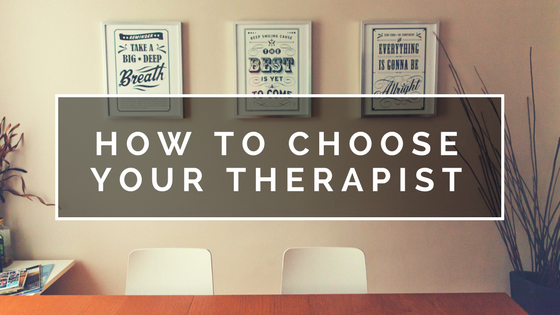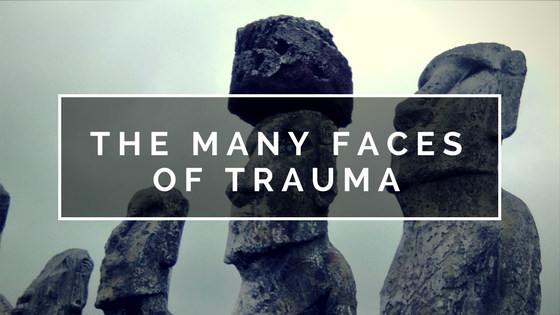You’ve been noticing some changes in your partner. She has a hard time getting out of bed in the morning. He’s lost interest in the friends and outings he used to love. She bursts into tears at the slightest provocation. He talks about feeling overwhelmed, hopeless, and tired.
When your loved one is going through a season of depression, it can be difficult to know how to respond, especially if you’ve never experienced depression yourself. When depression is not addressed in relationships, it can create emotional and relational problems that lead to divorce. Depression affects communication between spouses, creates isolation from friends, and can lead to feelings of depression in the healthy spouse. Conflict can escalate as your partner experiences irritability and shifts in mood.
How can you actively respond to your spouse’s depression in a way that doesn’t drive you apart, but that draws you closer together?
First, learn about depression.
Understanding the way depression works is the first step to supporting your spouse. Read books and articles to learn more about depression symptoms. Identify which symptoms are common for your spouse, and get to know the types of negative thoughts that characterize depression. Learn about differences in severity and what to do if your spouse struggles with thoughts of suicide. If you’ve just had children, learn about the symptoms of post-partum depression. Identify if the depression is related to a situation like a death in the family, or if it’s a more chronic problem.
Reduce the stigma.
You might find that your spouse denies struggling with depression or feels ashamed at having to admit they need help. People with depression can dislike putting that fact about them on display. They can feel stereotyped and marginalized as others minimize their concerns, saying words like, “It’s no big deal, you’ll cheer up soon.” Encourage your spouse that what they’re experiencing is normal for depression, they don’t need to feel shame, and help is available.
Build your marital friendship.
John Gottman shares that a top prevention strategy for post-partum depression is building and maintaining friendship in your marriage. You can foster this friendship in many ways. Spend time asking each other questions to learn about one another’s worlds. Go for a walk or exercise together, as exercise offers health benefits for depression and can be a great activity for connection. Choose a sitcom on Netflix to watch and laugh together.
Talk about how you’re feeling.
Processing and understanding emotions in one another can be a great way to build intimacy and cope with feelings of depression. Check in every day to find out how each of you are feeling, using a structure like Gottman’s stress reducing conversation. Seek to understand your spouse, not to fix them. Take time to name the different emotions you experienced today. Discuss a high and low moment from the day, identify things for which you are grateful, and affirm what you achieved throughout the day.
Create a game plan with your spouse for bad days.
In the ups and downs of depression, there will be days that are worse than others. On bad days, it can be helpful to have a plan of activities to do to care for your spouse. Pay attention to the triggers. Explore ideas on what helps your spouse to feel better on bad days and encourage him or her to do them. Offer a massage. Practice gratitude together. Encourage your spouse to take care of him or herself without pushing.
Be patient.
It can be easy to become angry with a spouse whose actions affect you. If they have difficulty at work due to their depression, aren’t motivated to do fun things together, or have a hard time caring for children, it can feel like you’re taking on more responsibility. In this case, share how you feel (gently) and seek to find a compromise or solution. Be aware that talking about their struggles with depression or making suggestions on what to do might be met with defensiveness, so be mindful of taking a gentle approach.
Respect and support their work in therapy.
Ultimately, if your spouse is struggling with depression, he or she needs to seek professional help. One way to support this process is to drive them to sessions with their therapist or psychiatrist. When your spouse is in therapy, expect them to set boundaries and make changes in their life that may affect you, including cutting back on some responsibilities. If their therapist requests you come in for sessions or begin couples therapy, do so. Request to come in for a session to learn about how you can support your spouse’s work with the therapist.
Prioritize your own self-care, friendships, and therapy.
As depression impacts your partner, you may tend to isolate from others as a couple. It may be more difficult to have fun together. It is important for you to cultivate your own relationships with friends and family to help. Identify safe family members or same-sex friends who can be a support. Be wary of depending too much on friends of the opposite sex, as that could lead to infidelity. If needed, pursue your own therapy to learn about how to cope with the emotions and stress you’re experiencing.
Most importantly, if your spouse talks about thoughts of suicide or a plan to harm themselves, seek immediate medical help. Drive your partner to the nearest ER facility or call 911.
It is important not to minimize this last point: if your spouse is talking about suicide, take action. If you are unsure about the symptoms of suicidal ideation, call the suicide prevention lifeline (1-800-273-8255) and ask about warning signs.
As the spouse of someone struggling with depression, you have the power to make an impact in their healing. My hope is that as you learn to care better for both yourself and your spouse, you’ll be able to experience greater intimacy as you fight back against depression together.





















